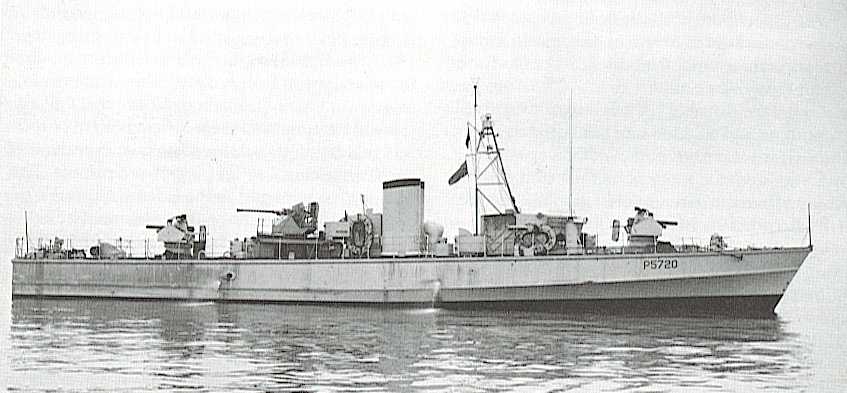|
Unfortunately, the very low muzzle velocity of this gun gave it a rather short range, about half of what was really desired, and shipboard firing trials with it were not very successful. Nonetheless, it was approved, although it did not enter service until long after the end of the war, and was used on MTBs and MGBs for the next fifteen years. Constructed of barrel, removable breech ring and vertical sliding breech block with semi-automatic operation. The original naval order was for three prototypes and 106 guns. In September 1945 the Navy agreed to accept all 98 guns that had been finished, even though the requirement at that time was only 60 guns. A total of 36 Mark I mountings were actually completed along with a very few Mark II mountings. Postwar, the British tried to develop a stabilized mounting for this weapon, designated as CFS-1 (Coastal Forces System Mark 1). The weight of this mounting grew alarmingly with "improvements" and did not see service use. Actual bore length was 18.88 calibers. All British 4.5" naval guns have an actual bore diameter of 4.45" (11.3 cm). Nomenclature note: CFS-2 was a stabilized mounting utilizing the 20-pdr (3.28" or 83.4 mm) Centurion tank gun. Although lighter than the CFS-1, it was still too heavy for coastal craft and did not see service use. Prototype was on Bold Pioneer, a photograph of which makes one wonder how the ship could be steered, as the gunhouse blocks much of the forward view. |

HMS Bold Pathfinder as MGB in 1953
|